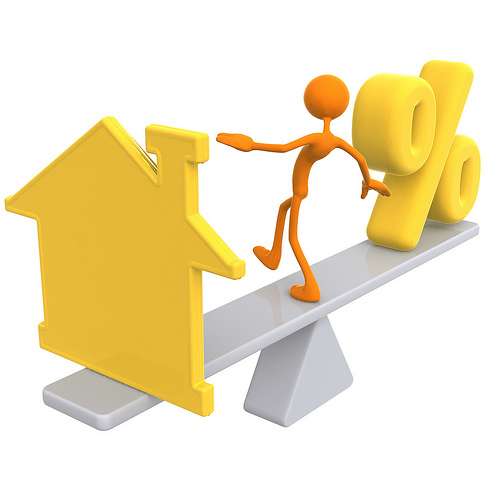
In November’s general election, Texas citizens decided to change the state constitution to allow for all Federal Housing Administration reverse mortgage products under state rule in Proposition 5.
This legislation will allow the state constitution to be amended to allow for qualified applicants to use a reverse mortgage to purchase a home. Previously, homestead laws within Texas have prevented the loan until now. The Texas constitution has been amended several times since 1999 to allow other reverse mortgage products.
The amendment will also include reverse mortgage safeguards, including a requirement that detailed disclosures be made at least 12 days before the closing of a new reverse mortgage loan, which provides prospective borrowers with the information and time necessary to make the loan decision.
Texas was the second largest market in the country for reverse mortgages. However, prior to the passage of Prop 5, it was the only state that didn't offer the "reverse mortgage for a home purchase." This form of reverse mortgage allows a person to purchase a new primary residence and obtain a reverse mortgage in a single transaction. Prop 5 included the terms of a "reverse mortgage for purchase" in the constitution, so seniors could use this method to obtain a new home. It also required lenders of reverse mortgages to expand the required counseling to borrowers, ensuring that seniors know what specific actions can lead to foreclosure.
Because of homestead laws, a reverse mortgage for purchase in Texas, has as many or more consumer protections that any other state. It is the most regulated mortgage loan in Texas. Some people have expressed concerns about reverse mortgages, however a check with the Texas Department of Savings and Mortgage revealed there have been no enforcement actions from lending involving reverse mortgages in the last 6 years.
A reverse mortgage is a credit agreement under which a creditor provides money to a borrower in exchange for a lien on the borrower's home. A reverse mortgage for purchase of a residence is called a Home Equity Conversion Mortgage (HECM). A HECM is a FHA insured, non-recourse loan. There are no mortgage payments. The borrower is not required to repay the money or interest on the money until the borrower dies, sells the home or permanently moves out of the home. Reverse mortgages are available to people ages 62 and up. Qualifying may be easier than a traditional mortgage, generally there are no credit score requirements. Typically the down payment for a reverse mortgage to purchase a home runs between 40% to 60%.
If you have question about a Home Equity Conversion Mortgage (Reverse Mortgage) please contact the Sullivan & Sullivan team by clicking here.
For answers to frequently asked questions on Reverse Mortgages go to the HUD website here.




